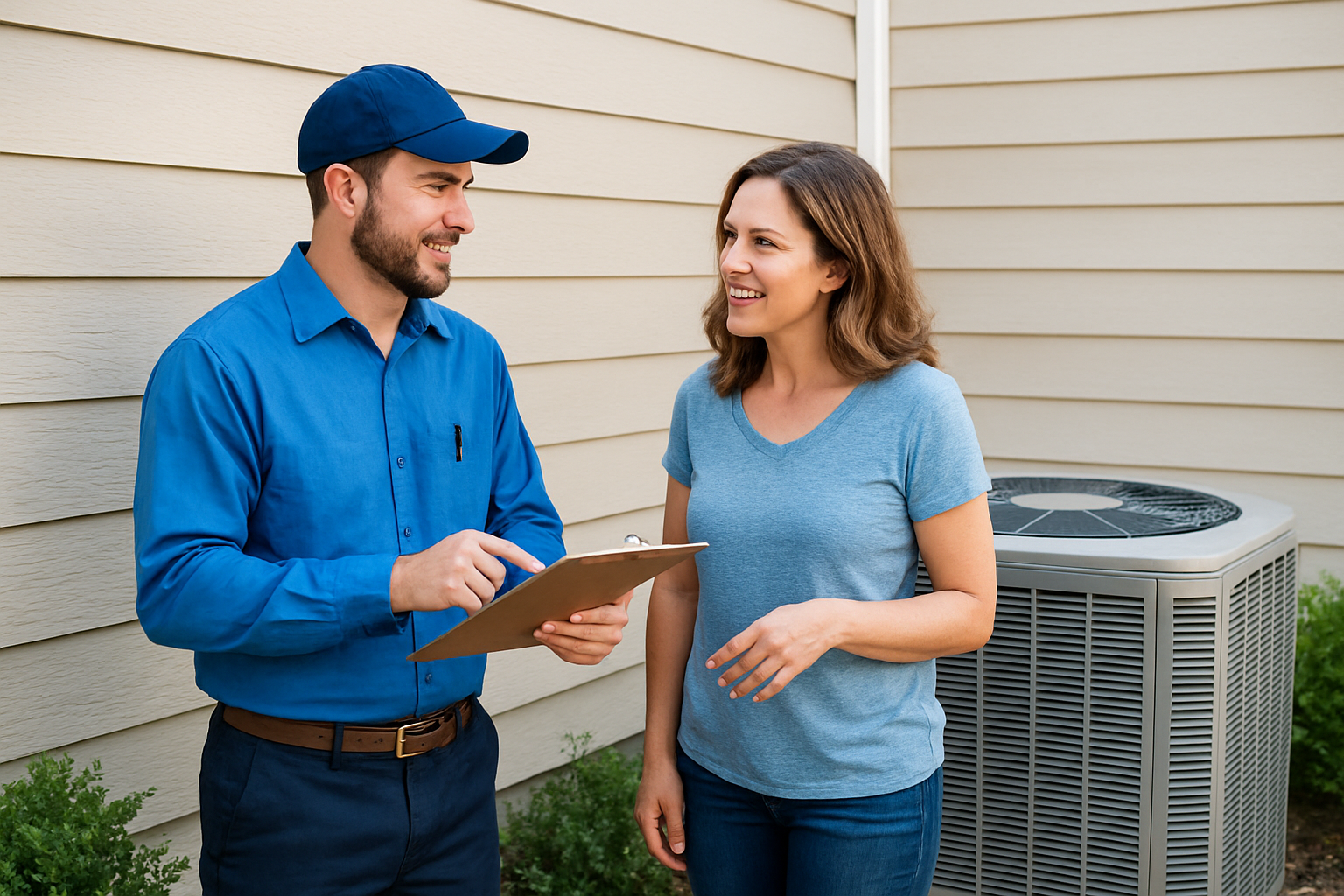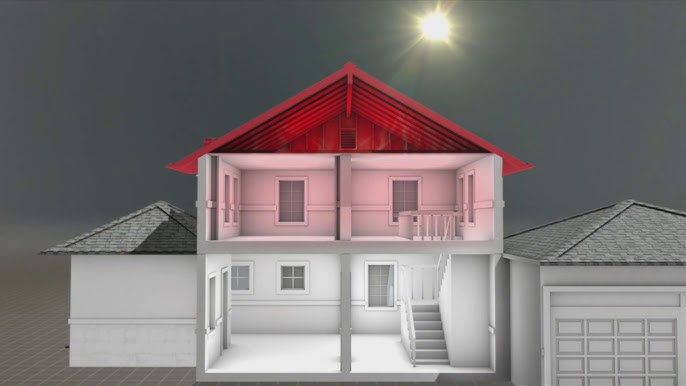
Have you ever noticed areas in your home that tend to be hotter or cooler than others? As the temperatures begin to rise in Los Angeles, you may notice that some areas in your home are hotter than others despite your best efforts at cranking up the AC. These areas in your home are known as hot spots. Cranking up the AC to counteract the hot spots will only create cold spots elsewhere in your home. Uneven temperatures throughout your home can lead to an uncomfortable living environment. The good news is that these hot spots can be corrected. Below we discuss different solutions for the hot spots in your home.
Check The Vents
When one room in your home is constantly hotter than other areas the first thing you want to do it check the air vents. Make sure both return and supply vents are open and cooled air is flowing through them. Also move any furniture or other large items away from the vents to ensure they are not covering or blocking them. Be sure to fully open any register supply’s that may have accidentally been shut while adjusting air flow direction. We recommend against closing supply vents on purpose as it can cause damage to the blower motor. You can also make sure your ceiling fans are working and blowing the correct direction.
Check The Air Filter
Check and replace the air filter often. A dirty air filter can increase airflow issues. If the filter is constantly left dirty or clogged, your HVAC system has to work harder to force air through it. Less airflow leads to longer wait times for the temperature in your home to regulate. We recommend replacing or cleaning the filter once every 1-3 months depending on use.
Use Curtains
Most common in rooms that have large windows facing south, solar heat gain is one of the top causes for hot spots in your home. When you leave windows uncovered, especially on a sunny day, the heat seeps through the windows and raises the interior temperature. To remedy this, start by keeping windows or blinds covered during the hottest part of the day. You can also invest in curtains that reflect and block light, install awnings, plant a tree to provide shade, or tint your windows.
Check Thermostat Location
Your thermostat should be located in a central area of your home away from heat sources, drafts, or direct sunlight. To reach the set temperature, the thermostat must be able to accurately read the ambient temperature. Any direct exposure to heat or cold drafts can result in incorrect readings. In some cases, if the heat source cannot be moved, you may need to move the thermostat.
Schedule an Inspection
Like issues with solar heat gain, any air leaks can also impede on your HVAC system’s ability to regulate your home temperature. Check for any gaps or cracks around windows and doors and seal off as many as possible. Another potential reason for hot spots in your are duct leaks. Ducts are responsible for distributing heated or cooled air throughout your home. If there are any leaks or blockages, they could be restricting airflow leading to hot spots. There is also the possibility that the ducts were not designed or installed properly or could be undersized to handle a high efficiency unit. Any sharp bends or undersized ducts can result in airflow issues. Either way, contact us to schedule a duct inspection. We can repair or replace any sections as needed to improve air flow.
Confirm HVAC Equipment Is Sized Properly
Have you recently completed any home renovations? If you have recently removed or added walls, refinished an attic, or converted a garage into a living space, your air conditioner may no longer be adequately sized. Your HVAC system needs to be sized properly, to provide enough heating or cooling to your home. Correct capacity is usually reflected in the HVAC systems’ tonnage. If your HVAC system is undersized then it will struggle to meet the set temperature. If your system is oversized, it will run short cycles resulting in uneven temperatures and the inability to regulate humidity. If you discover your current system is incorrectly sized, then you will need to replace it with a system that is properly sized for your home. You may also be able to extend or modify the existing ductwork depending on how much space needs cooling or heating. You could also consider installation of a ductless mini split system. Ductless mini splits are ideal for sunrooms, additions, attics and garages.
Consider Installing A Zoning System
Upper levels of a home are difficult to keep cool. A solution for this would be to install a zoned system. A zoning system allows you to define different areas of your home into zones and control the temperature in each of these zones individually. A zone could be an individual room, or a complete floor in your home. A zoning system will allow you to direct less airflow to less used spaces in your home while keeping registers open, and therefore help save you money on energy costs.
Give Us A Call
The best solution when dealing with hot spots in your home is to speak to speak with a professional about possible solutions. Contact LA Construction Heating and Air at 818-341-3406 or contact us online to see how we can help improve your comfort in your home.
How To Fix Hot Spots In Your Home Related Posts:






































